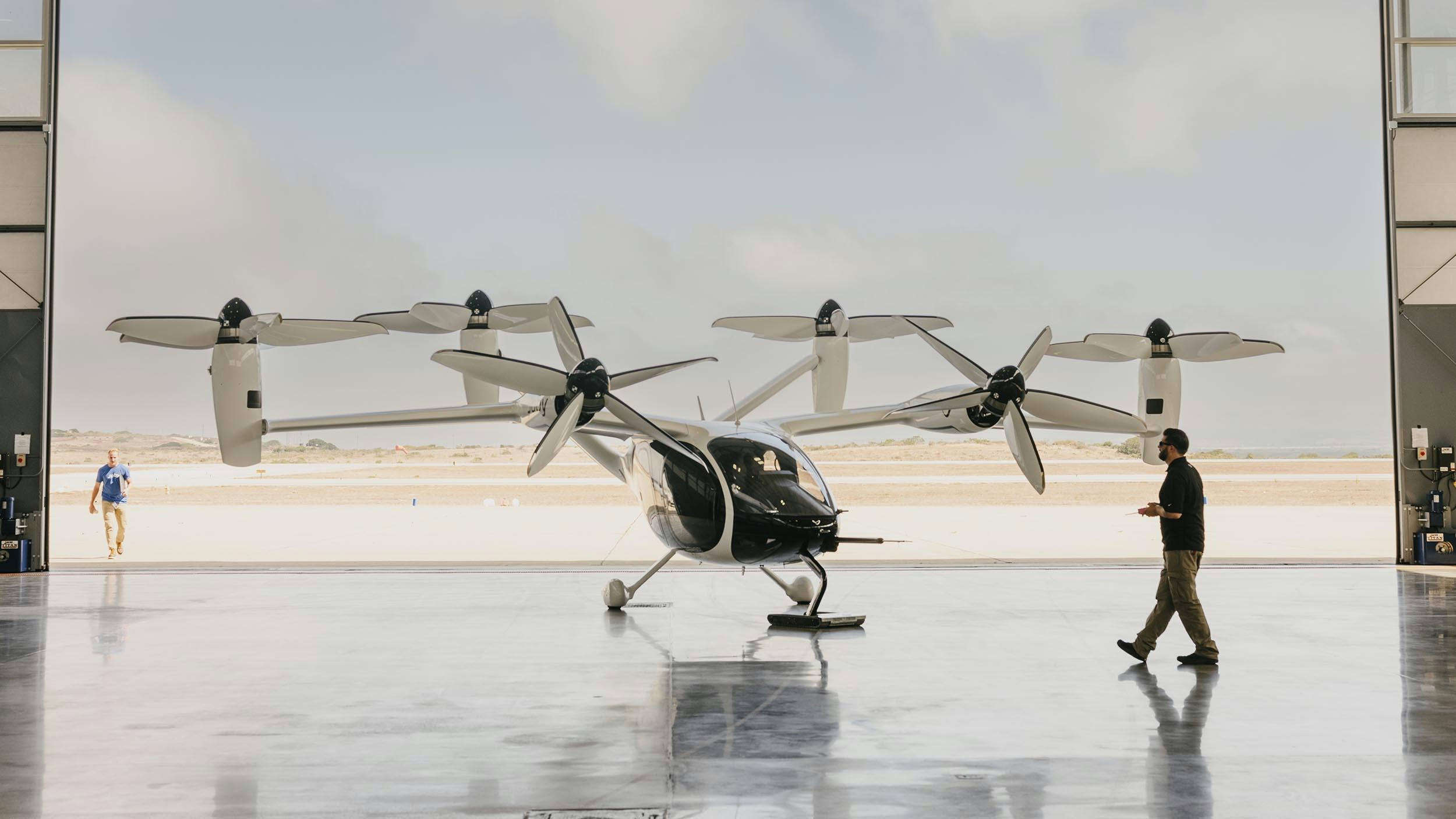
AeroGenie — Votre copilote intelligent.
Tendances
Categories
Etihad Airways Receives First A321XLR Aircraft
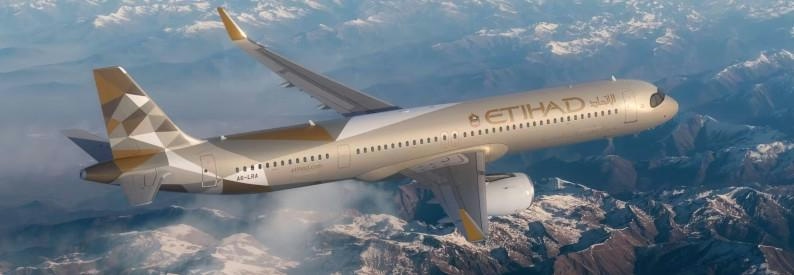
Etihad Airways Receives First A321XLR Aircraft
Etihad Airways has officially taken delivery of its first Airbus A321XLR, marking a significant advancement in the airline’s fleet expansion and strategic growth plans. Registered as A6-LRA (msn 12471), this aircraft is the initial unit in a series of thirty A321XLRs that the Abu Dhabi-based carrier intends to incorporate. Notably, it is also the first of twenty aircraft to be dry-leased from AerCap. The handover ceremony occurred at Airbus’s Hamburg Finkenwerder facility, with the aircraft scheduled to be ferried to Abu Dhabi International Airport in the near future.
Strategic Implications and Route Expansion
Antonoaldo Neves, Chief Executive of Etihad Airways, emphasized the importance of this acquisition, describing it as a pivotal step toward realizing the airline’s broader ambitions. He highlighted the aircraft’s medium-haul capabilities and operational efficiency as key factors that will enable Etihad to increase flight frequencies and open new routes. Operations with the A321XLR are set to commence on August 1, beginning with a daily service to Phuket. Additional destinations under consideration for the new fleet include Düsseldorf, Copenhagen, Phnom Penh, Krabi, Milan Malpensa, Tunis, Chiang Mai, Hanoi, and Algiers, reflecting a strategic push to diversify and expand the airline’s network.
Aircraft Configuration and Fleet Modernization
The A321XLR delivered to Etihad features a three-class cabin layout accommodating 160 passengers: 144 in economy, 14 in business, and two in first class. This configuration is designed to enhance the airline’s premium product offering and attract a wider passenger base amid intensifying competition in the region. Currently, Etihad’s fleet consists of 112 aircraft, including a diverse mix of Airbus A320s, A321s, A330s, A350-1000s, A380-800s, as well as Boeing 747s, 777s, and 787s. The airline has set an ambitious target to expand its fleet to 170 aircraft by 2030, underscoring its commitment to modernization and growth.
Operational Challenges and Competitive Landscape
The integration of the A321XLR into Etihad’s operations presents several challenges. The introduction of advanced technology necessitates extensive crew training and adjustments to maintenance protocols. Furthermore, the market is expected to respond dynamically, as competitors such as AirAsia and Qatar Airways continue to expand their own long-range narrowbody fleets. These rivals may counter Etihad’s expansion by increasing flight frequencies, enhancing premium services, or capitalizing on routes vacated by carriers like Wizz Air Abu Dhabi, which recently exited the market.
As Etihad positions itself to leverage new opportunities and strengthen its network, the successful deployment of the A321XLR will be critical in maintaining its competitive advantage within a rapidly evolving aviation environment.
Comments
- G
Gaspard
Etihad has taken delivery of its first Airbus A321LR aircraft, though it is not an A321XLR, which is a separate, longer-range version.
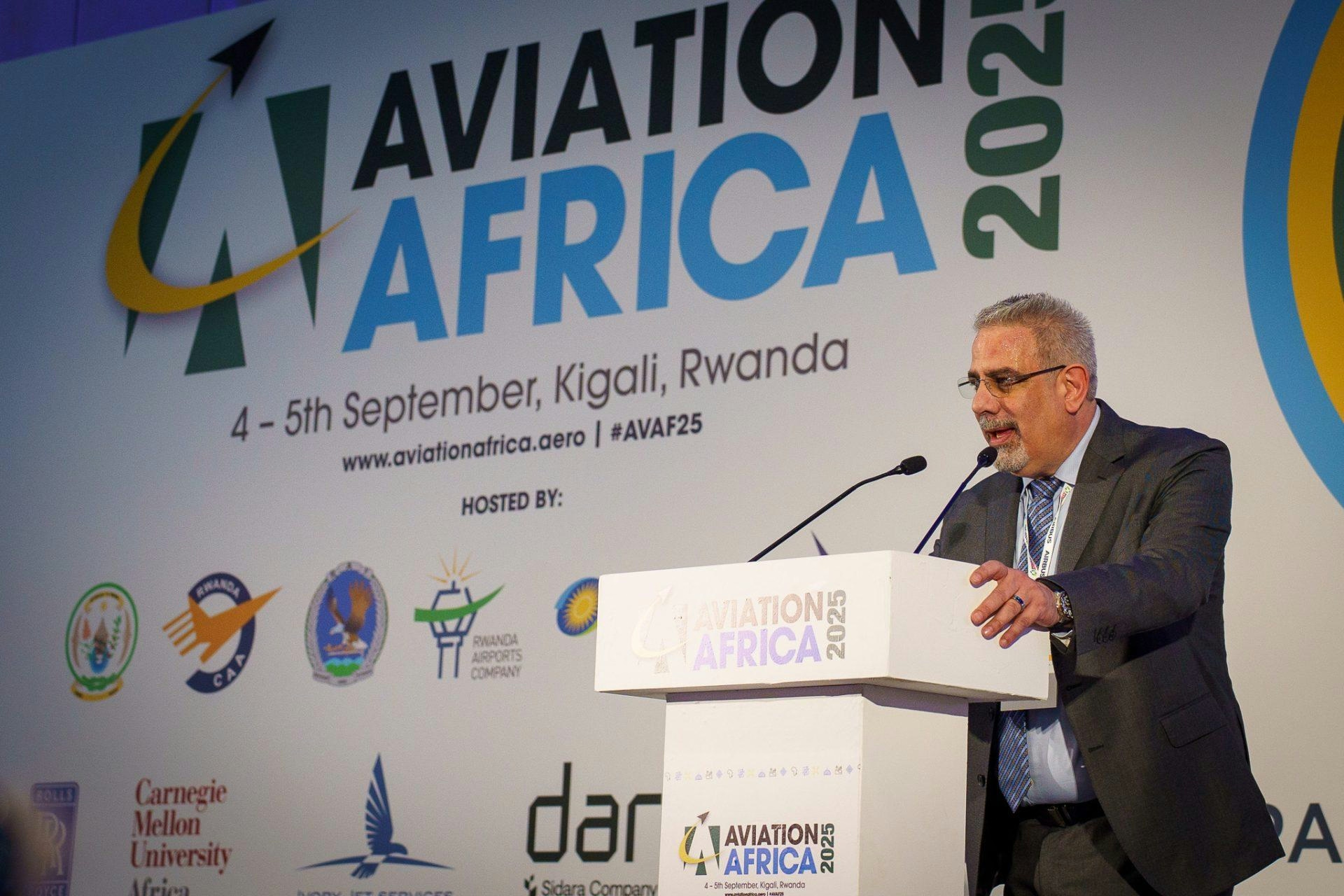
IATA Identifies Africa as the Most Expensive Region for Airline Operations

From Acquisition to Growth
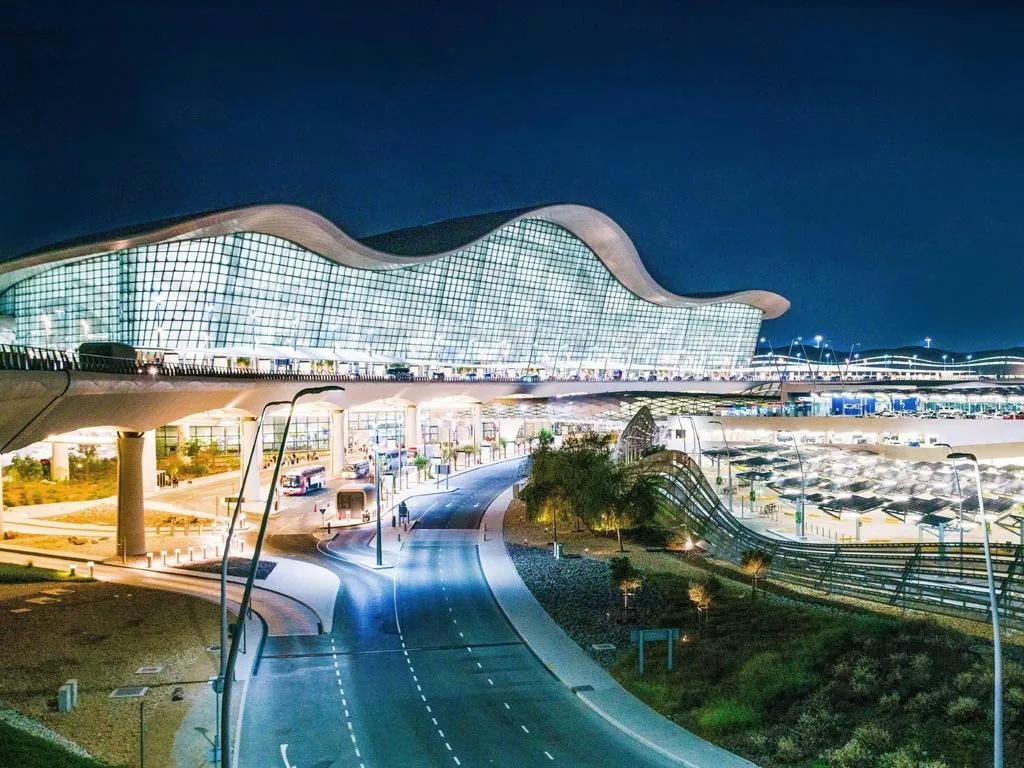
UAE Airports Adopt AI to Manage Rising Passenger Traffic

Spain’s Leading Airlines and Hotels Use Google Flights AI to Enhance Holiday Offers
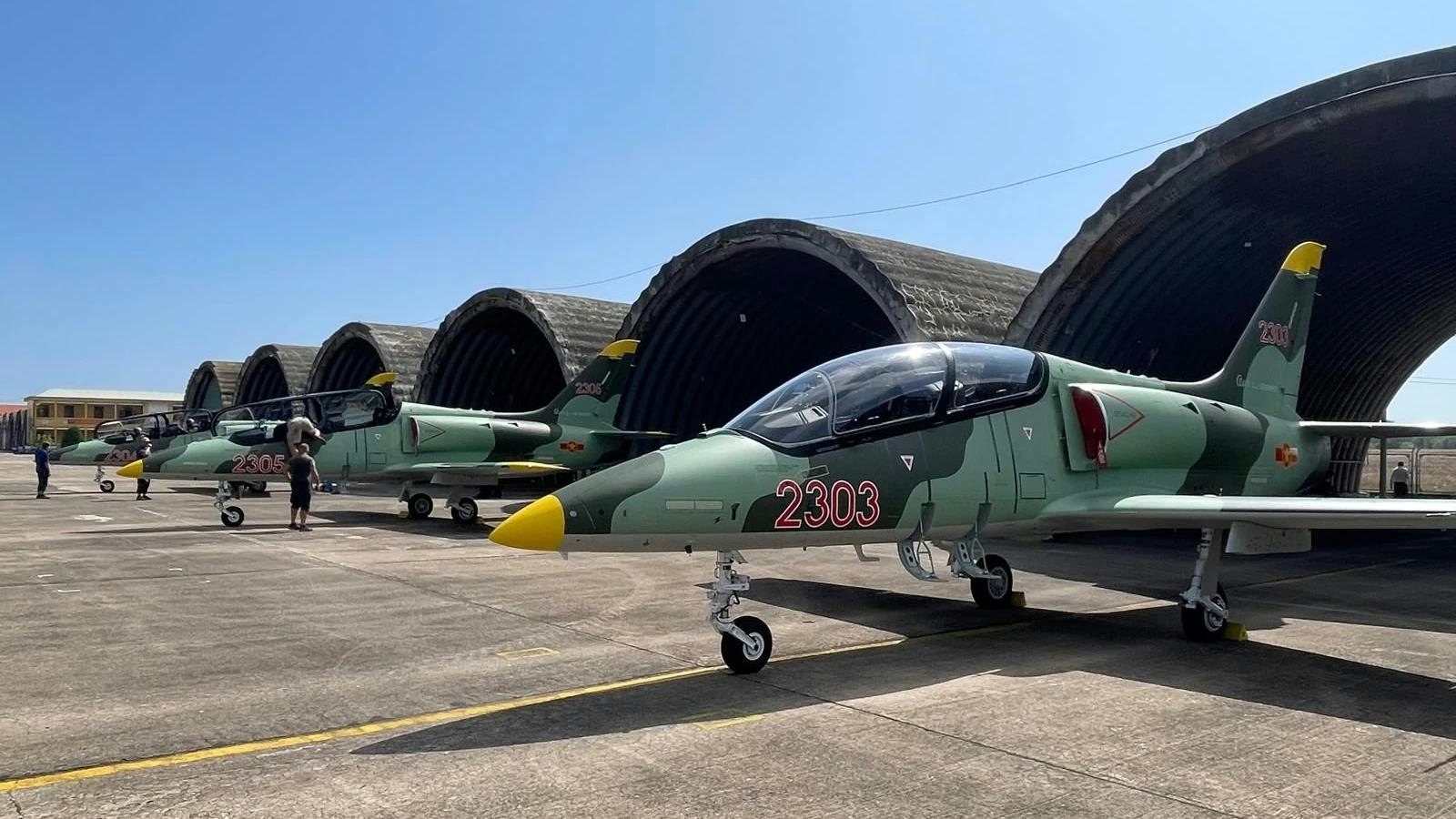
Vietnam Grounds 28 Aircraft Amid Global Engine Shortage
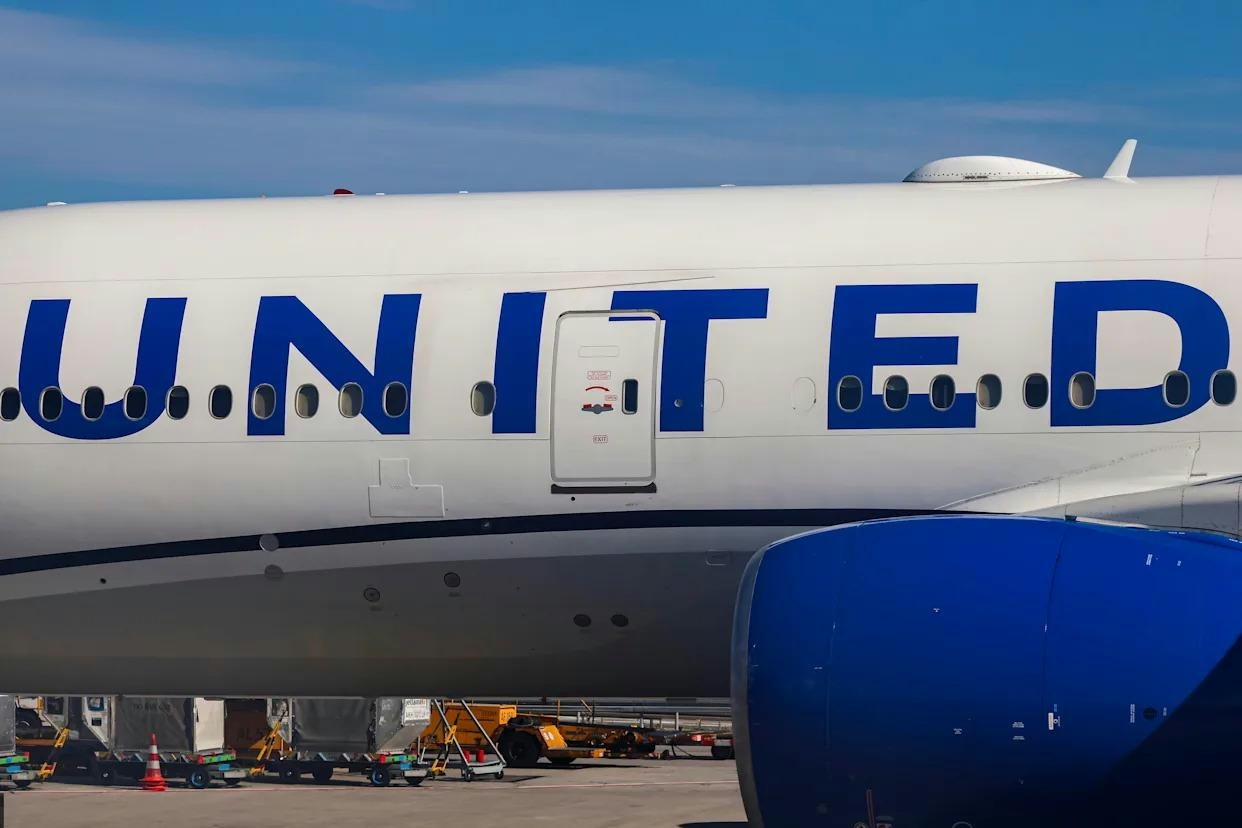
United Airlines Flight Returns to Dulles After Engine Failure on Takeoff
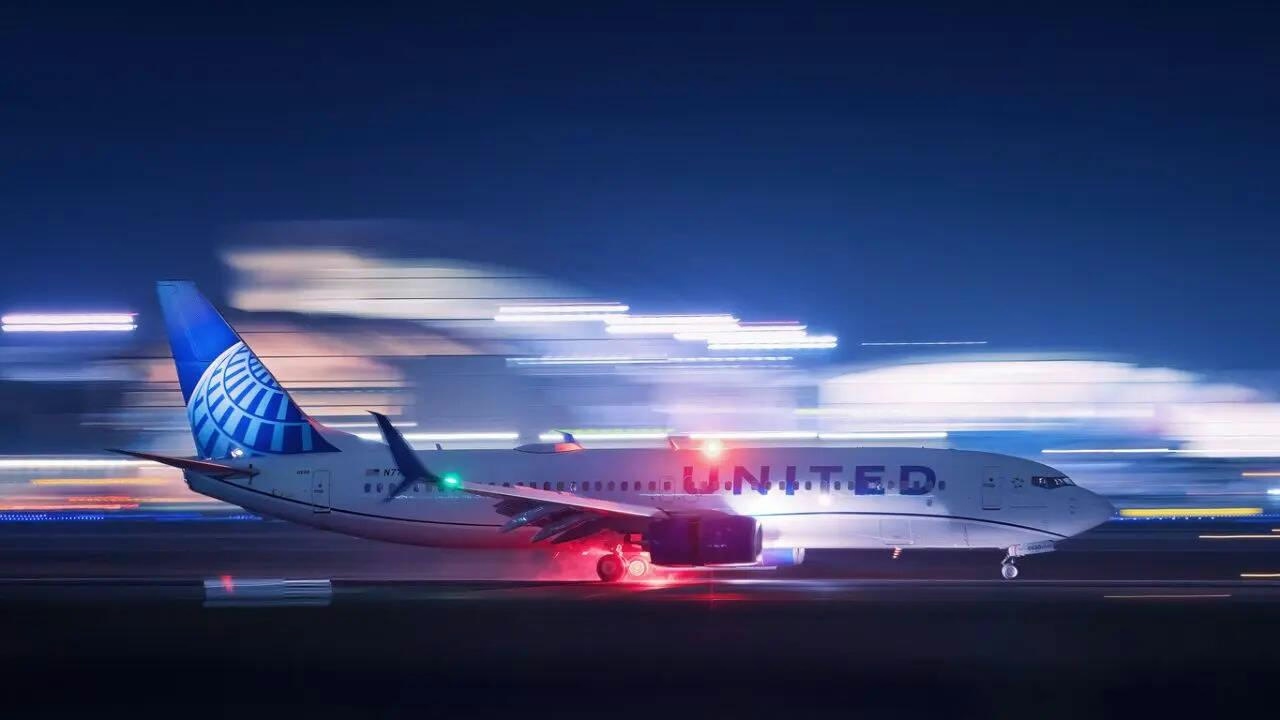
United Airlines flight makes emergency landing at Dulles after engine failure
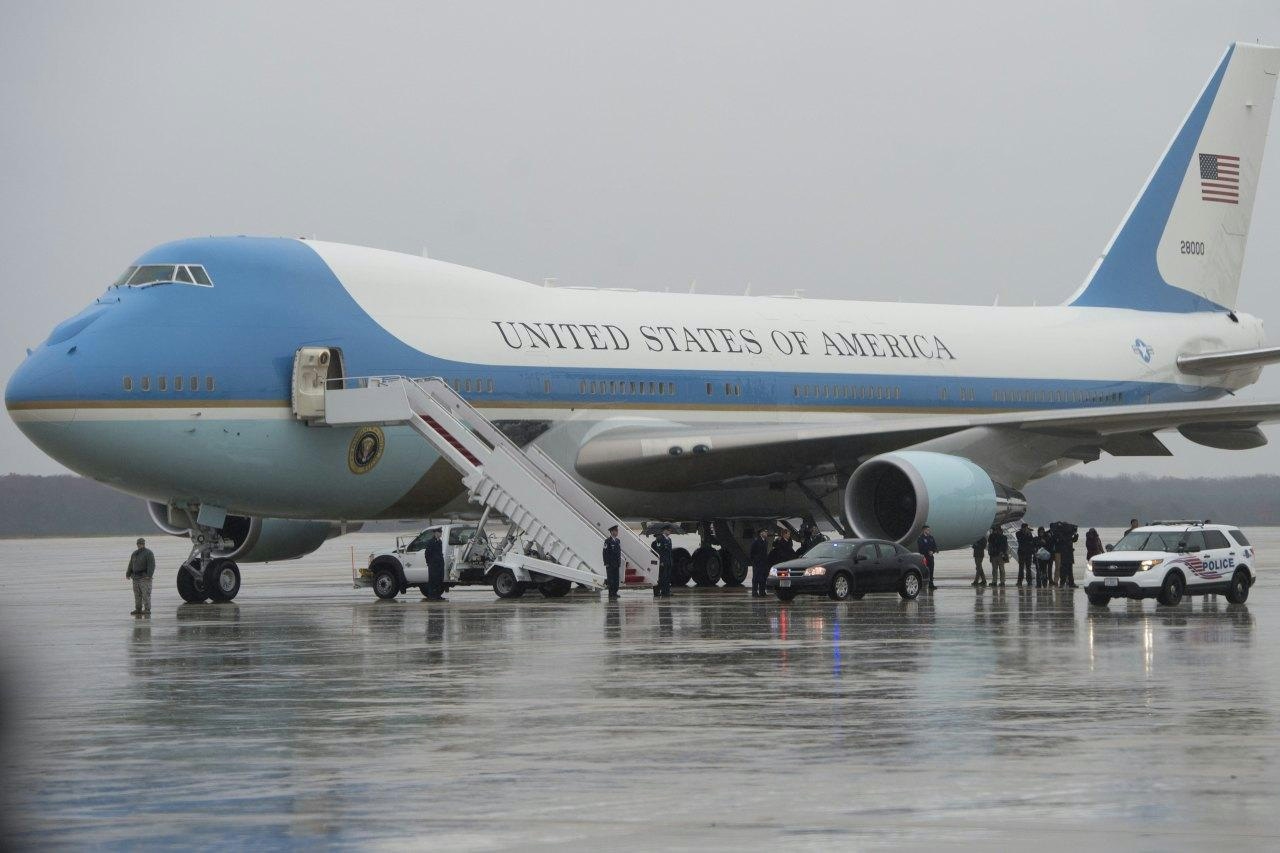
The Impact of the New Air Force One’s Delayed 2028 Arrival on Aviation and Travel
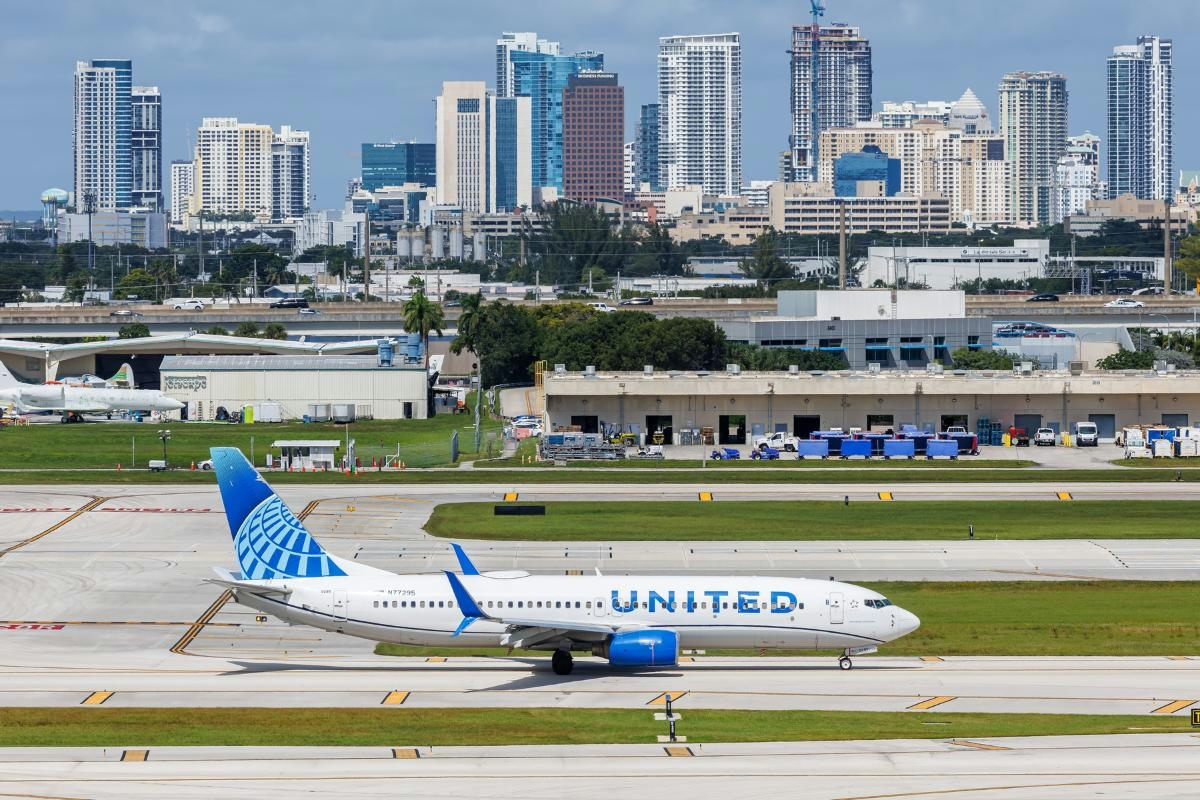
United Airlines Restarts Controversial AI Scheduling for Flight Attendants
